Consortium
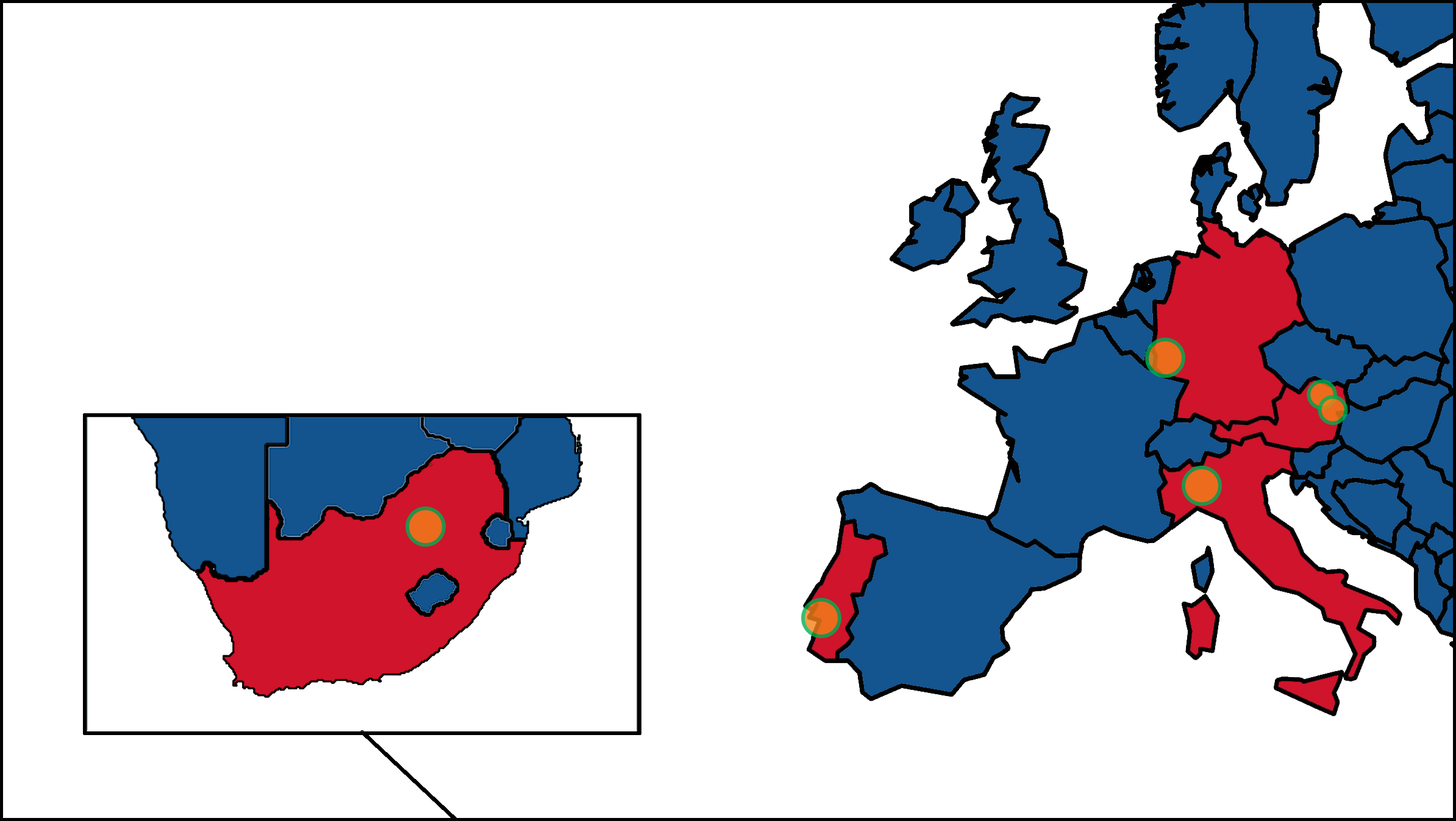
TU Wien is coordinating the BioMembrOS Project
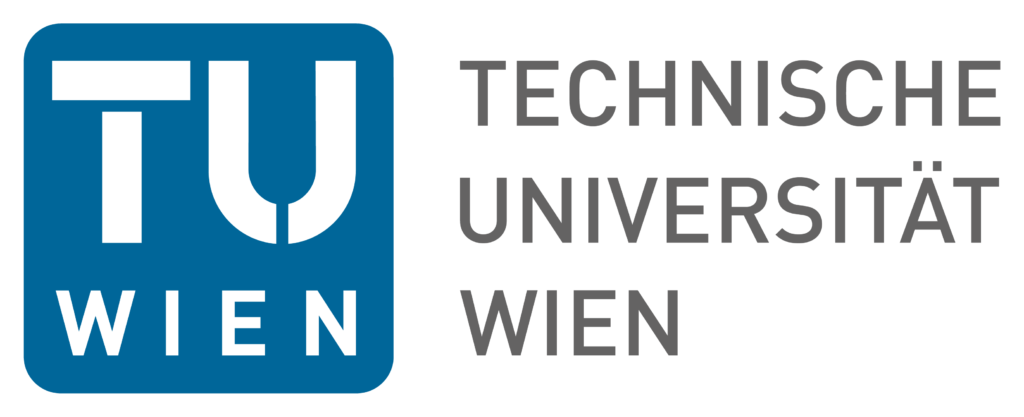
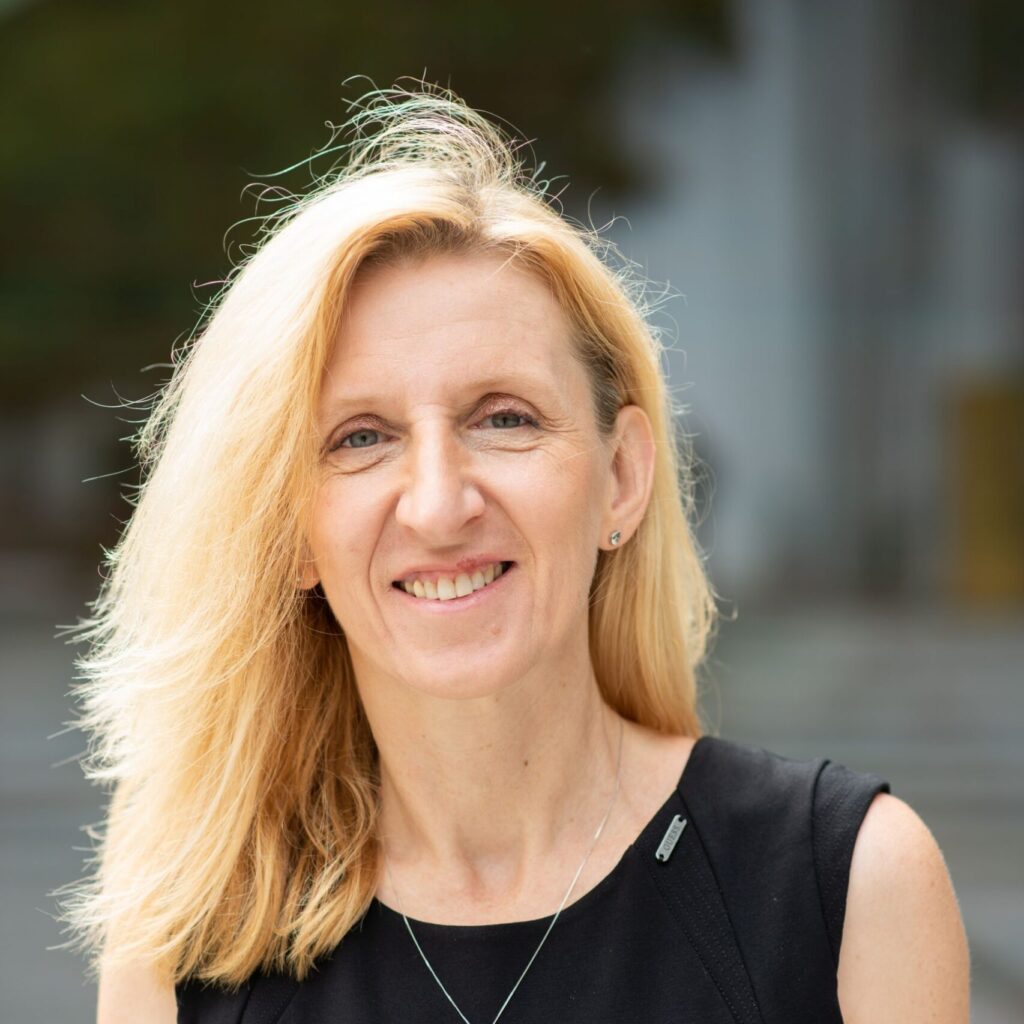
Margit Gföhler
is the Project Coordinator of the BioMembrOS project. Her main research topics are biomechanics and rehabilitation engineering, assistive devices for the cardio-pulmonary and musculo-skeletal systems, biofluid dynamics and in vitro testing with Particle Image Velocimetry (PIV) and related methods.
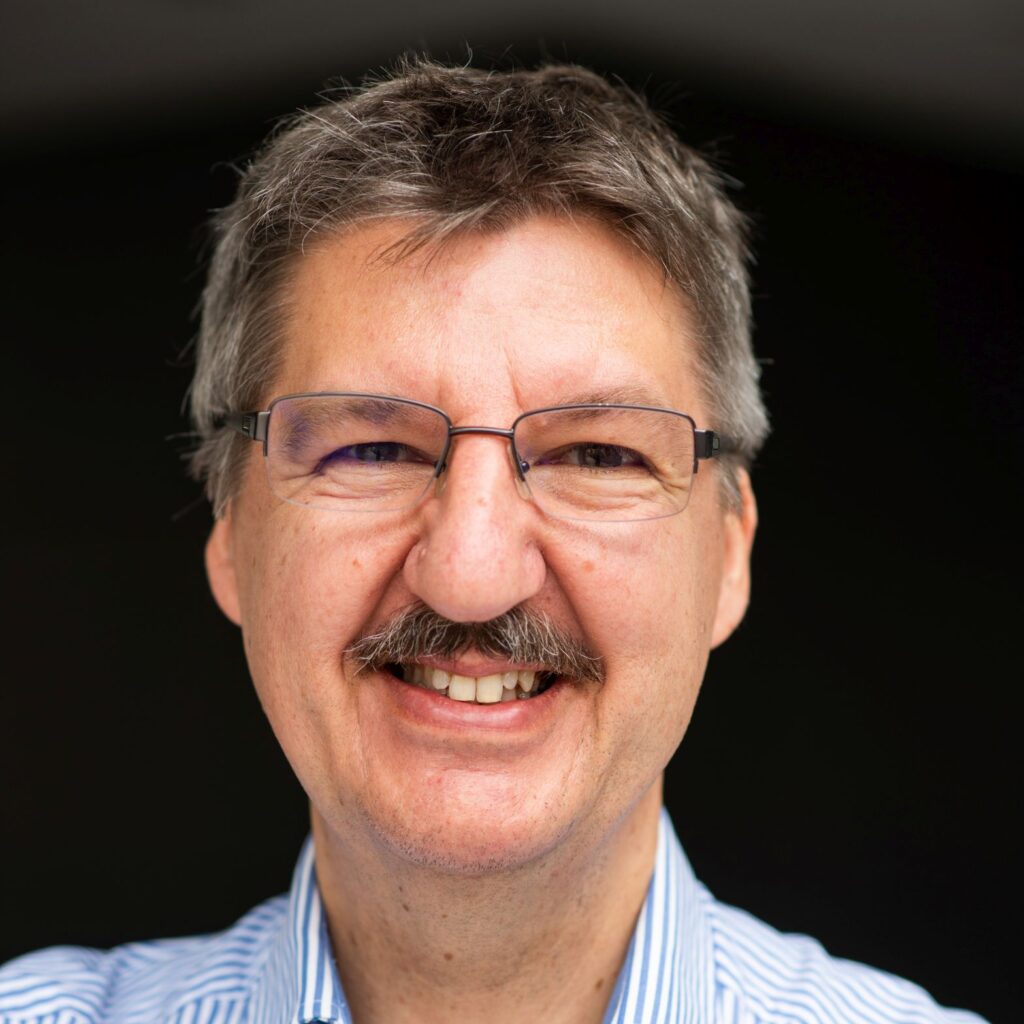
Michael Harasek
is the Technical Manager of the BioMembrOS project. His main research topics are separations engineering; membrane technology; computational fluid dynamics (CFD) for process engineering applications, modelling of reactive and multiphase systems, transient flows; and experimental fluid dynamics for the validation of CFD and the determination of boundary conditions using Laser Doppler velocimetry (LDV), Particle Dynamics Analyzers (PDA), Particle Image Velocimetry (PIV) and related methods.
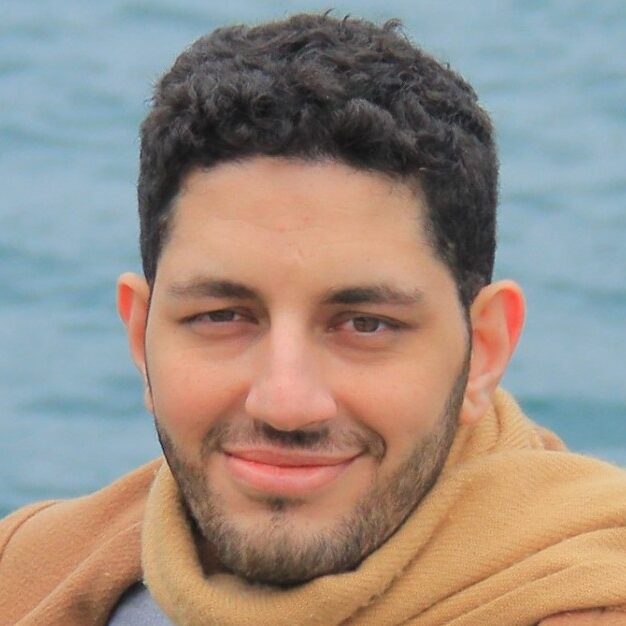
Seyyed Monsefi
is a biomedical engineer, his research in BioMembrOS will focus on CFD simulations and PIV experiments.
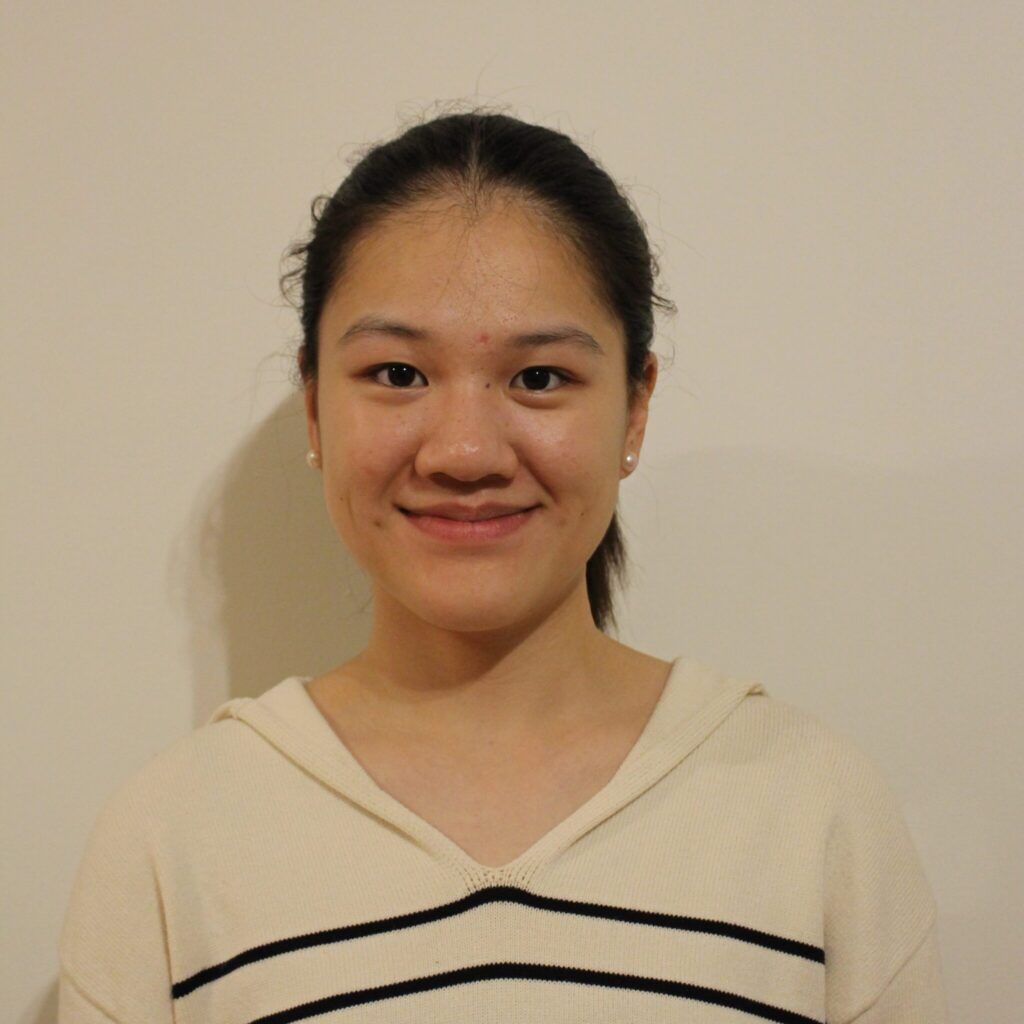
Jing Jing Xu
is an industrial bioengineer, her research in BioMembrOS will focus on experimental flow investigations and 3D printing on micro-scale.

Yamuna Gföhler
is responsible for the Website and Social Media.

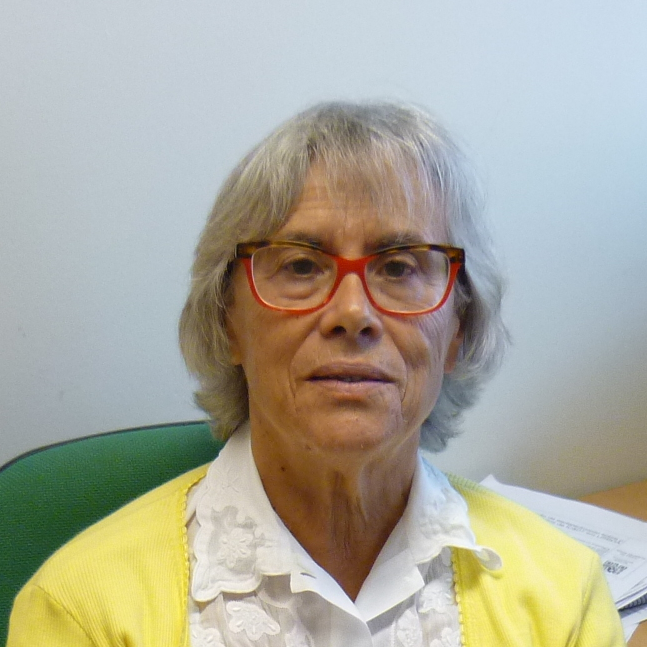
Maria Norberta de Pinho
has a lot of Experience and Knowledge in the Fields of Flow & Mass Transfer Modelling, Synthesis & Characterization of Polymeric & Mixed Matrix, Asymmetric Membranes, Membrane Processes Design for Water and Products Recovery – Biorefineries and Membranes & Microfluidics in Artificial Organs.
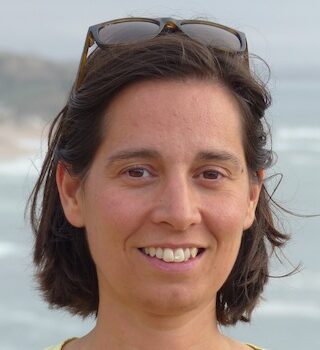
Susana Vinga
specialises in Systems and Computational Biology, particular dynamic modeling, control and optimization of biological networks and the analysis of high–dimensional clinical data. Focus lies on model identification of biological systems and also machine learning and biostatistics for personalized medicine.
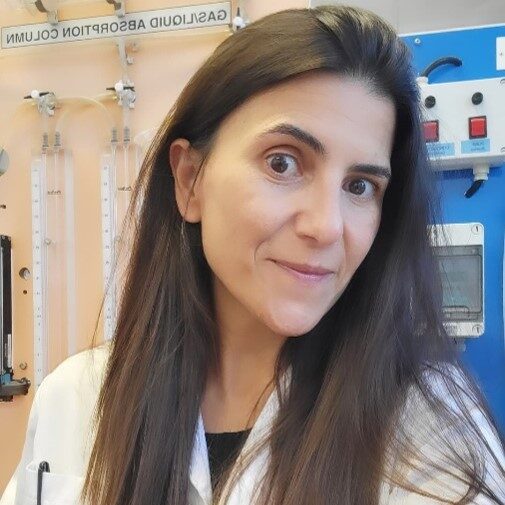
Mónica Faria
specialises in Fabrication and characterization of polymer, hybrid and mixed matrix membranes with dense and integral asymmetric cross–section structures and Development of novel membranes with hemocompatible membrane/blood interfaces for artificial organs.
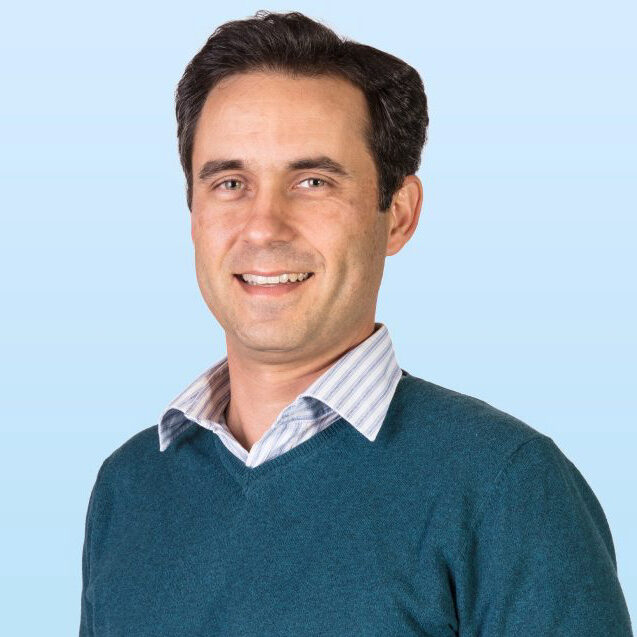
Moisés Pinto
specialises in Composite materials, selective adsorption of gases and vapors by adsorbent materials.
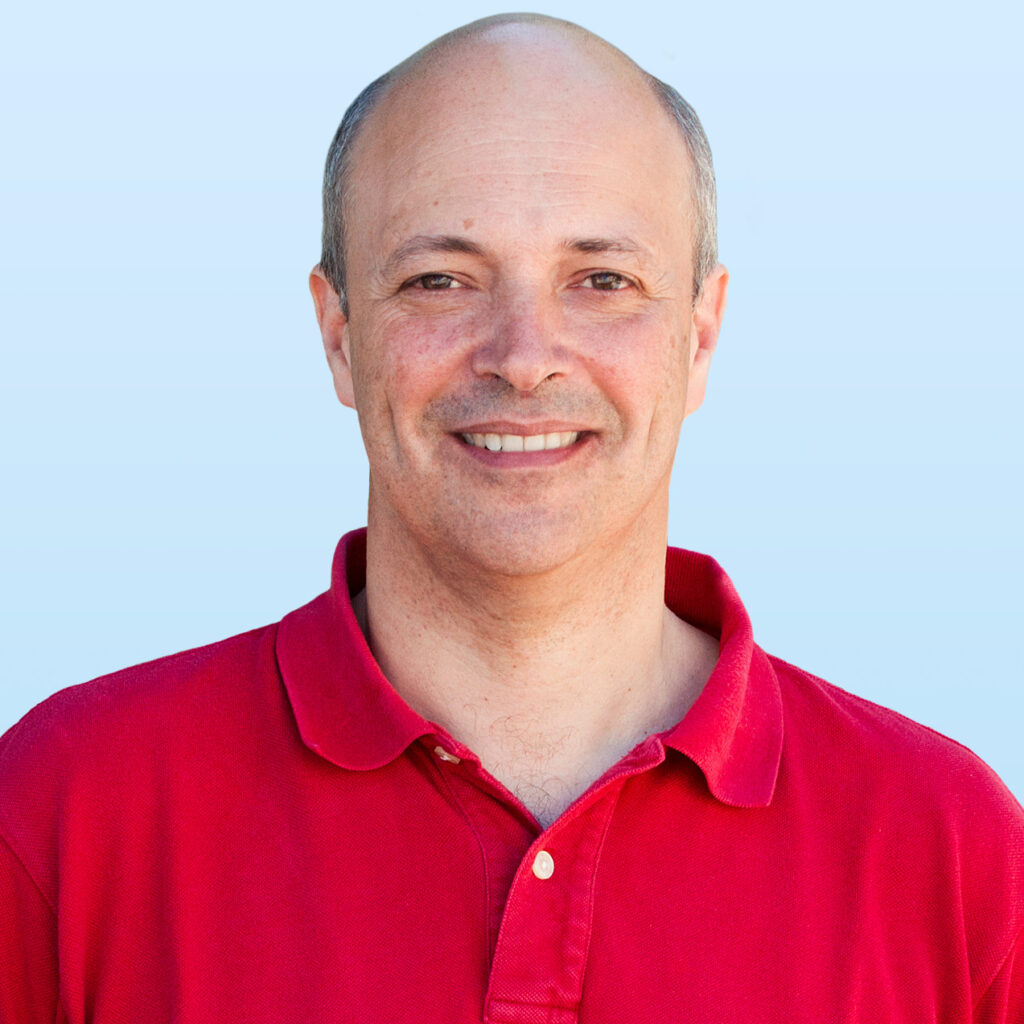
Pedro Brogueira
has fundamental knowledge about the Physics of Condensed Matter and Membrane Characterization by Atomic Force Microscopy.
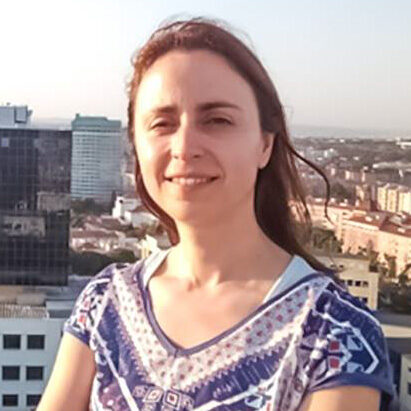
Ana Clara Marques
will support the Project with her knowledge about Polymeric materials and their characterization for sustainable applications.
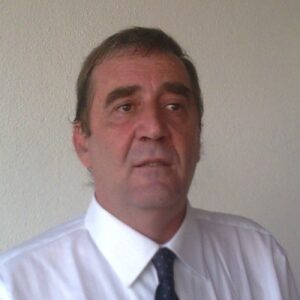
Viriato Semião
has extensive know-how on the fundamentals of microfluidics, both experimentally and numerically, with lattice-Boltzmann modelling and conventional CFD, and applications to biological flows and artificial organs (lung and kidney).
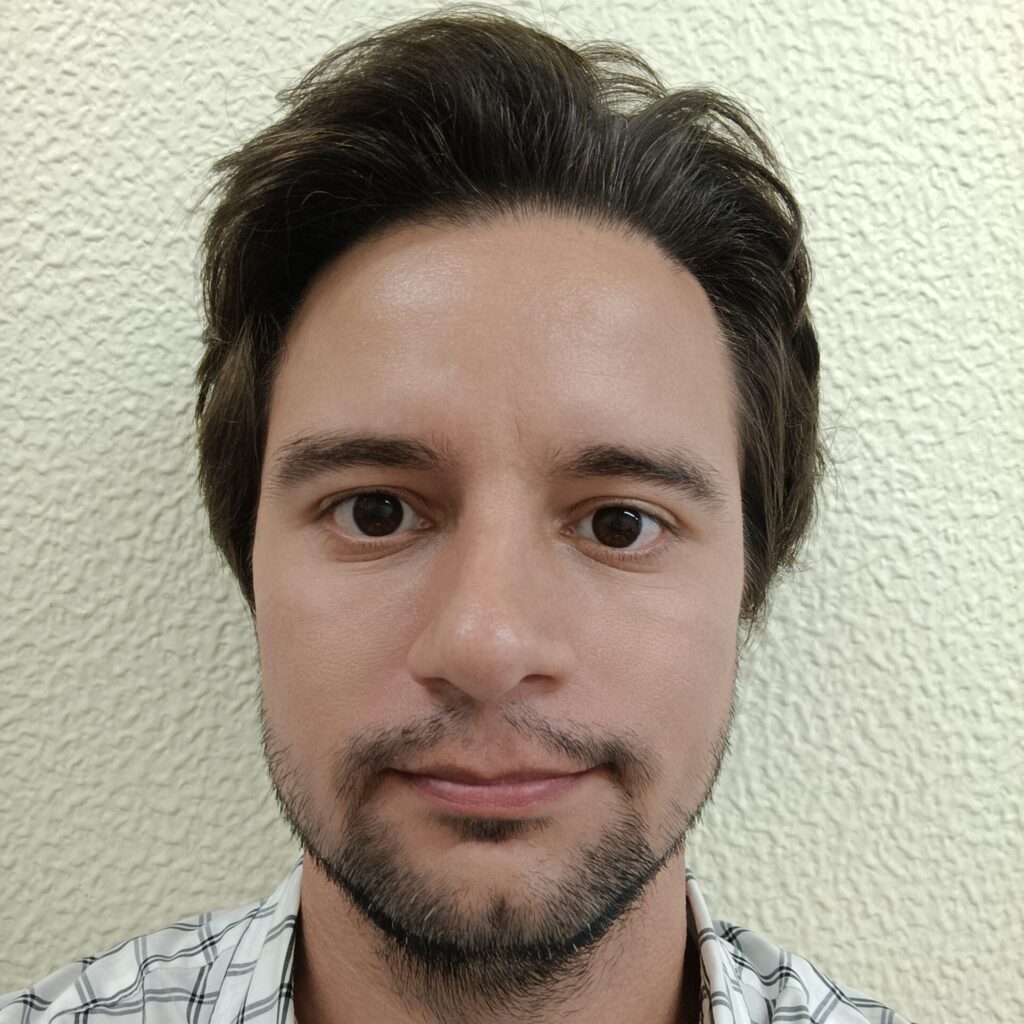
Tiago Ferreira
is a chemical engineer, his research in BioMembrOS will focus on the production of polymeric and mixed matrix polyurethane-based membranes, MOF synthesis and characterization, and gas permeation and adsorption measurements
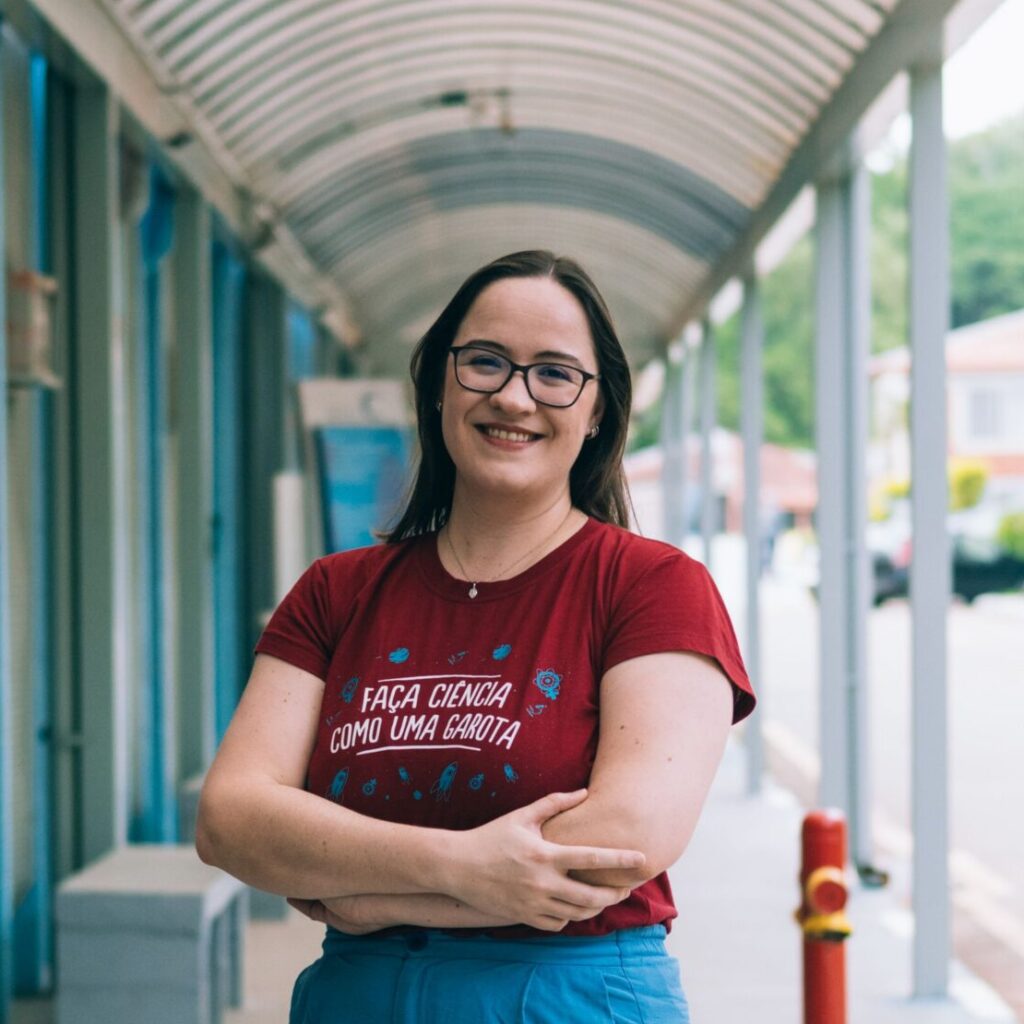
Aline De Mitri
is a chemical engineer. Her research in will center on advanced flow visualization and analysis using Particle Image Velocimetry (PIV). She will model fluid dynamics and mixing behaviors within complex 3D fiber and membrane structures and apply machine learning and artificial intelligence algorithms to optimize system parameters for enhanced performance.
Università di Bologna
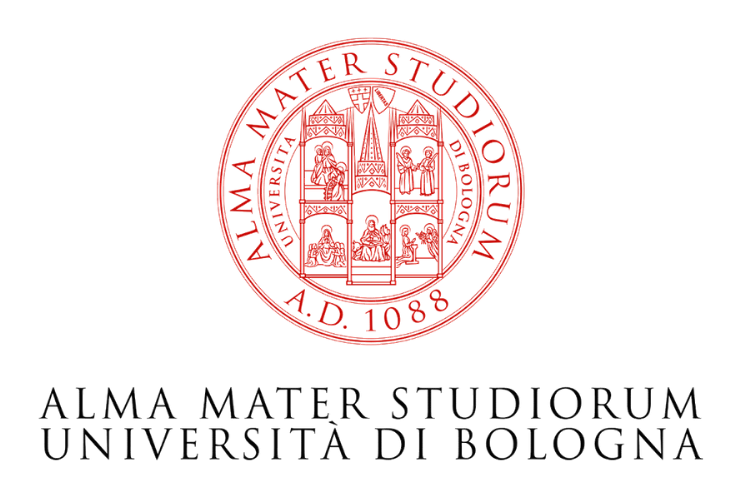
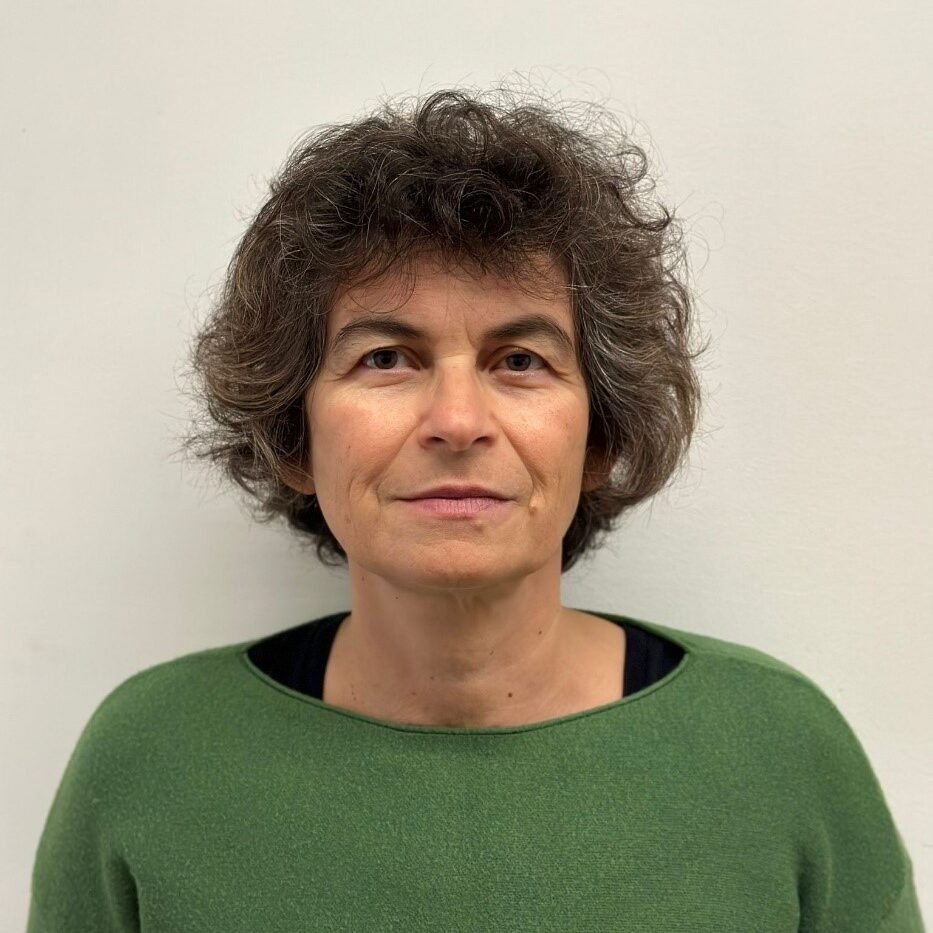
Cristiana Boi
specialises in Membrane processes, membrane characterization, modification and characterization of functional materials for bioseparations and biomedical applications, mass transfer modeling in membranes and 3D printing.
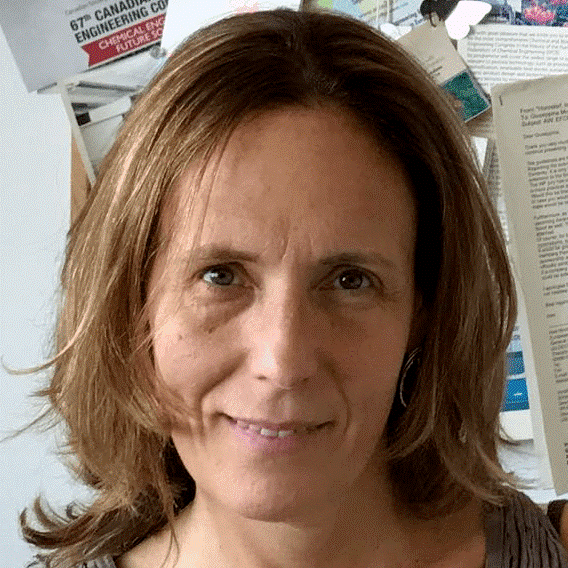
Giuseppina Montante
specialises in Experimental and Computational Fluid Dynamics, Multiphase flow modelling, Fluid dynamics characterization of membrane modules by Tomographic and Optical techniques, Mass transfer optimization by Computational Fluid Dynamics.
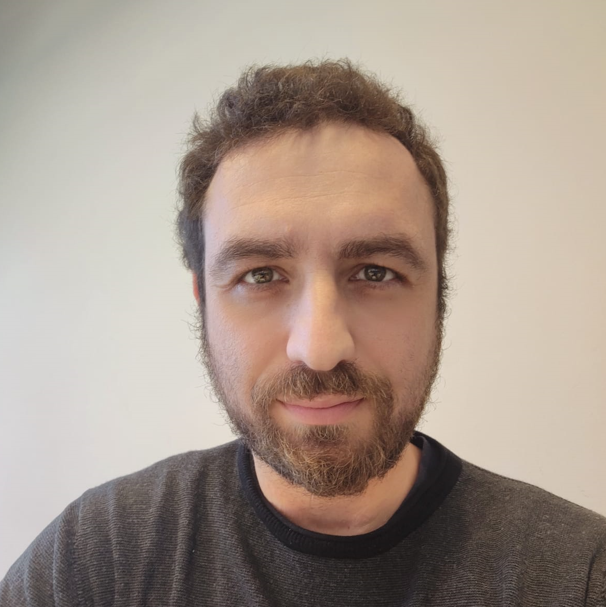
Riccardo Onesti
specialises in development and optimization of membrane separation processes and in the design of innovative membrane modules for the biotech industry by CAD design and 3D printing
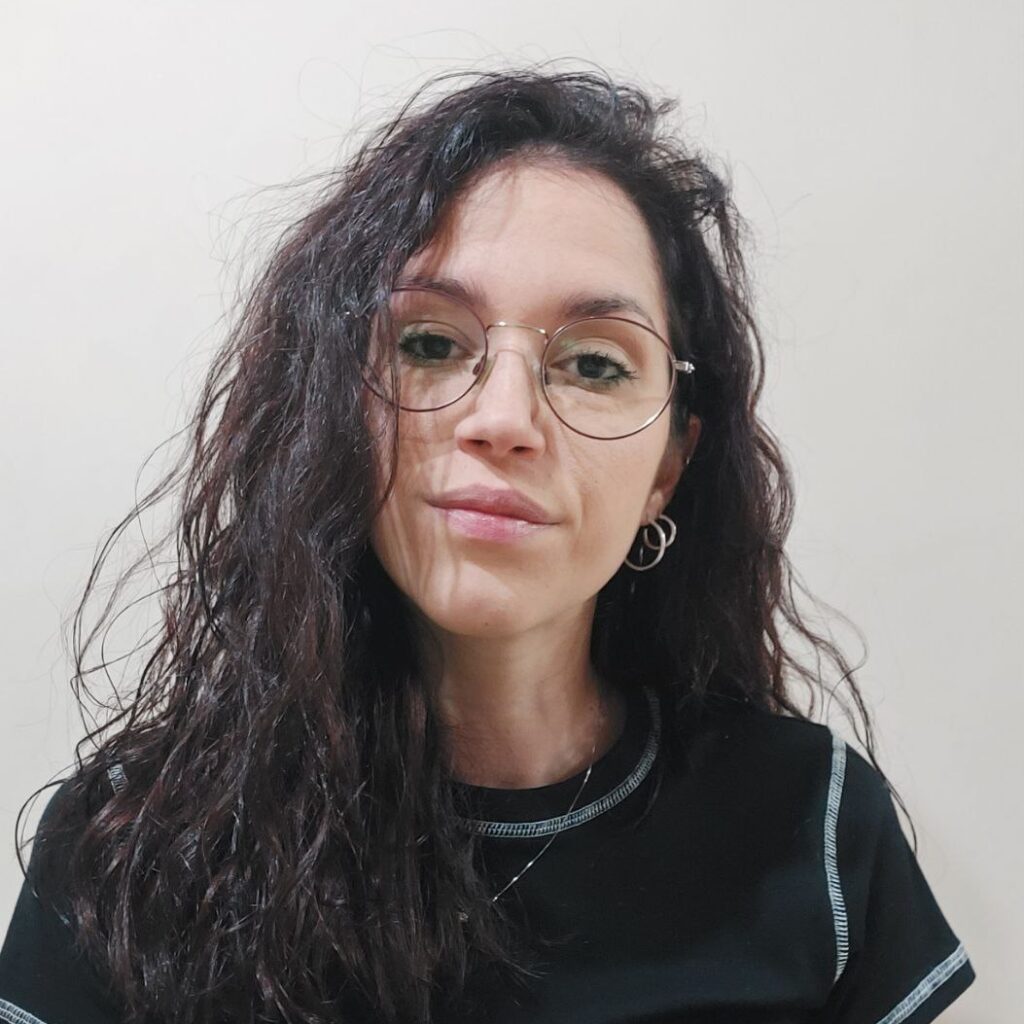
Katia Aurora Pellico
Is a biomedical engineer, her PhD research project in BioMembrOS will focus on computational flow design, mass transfer modeling and experimental flow investigation with Electrical Resistance Tomography
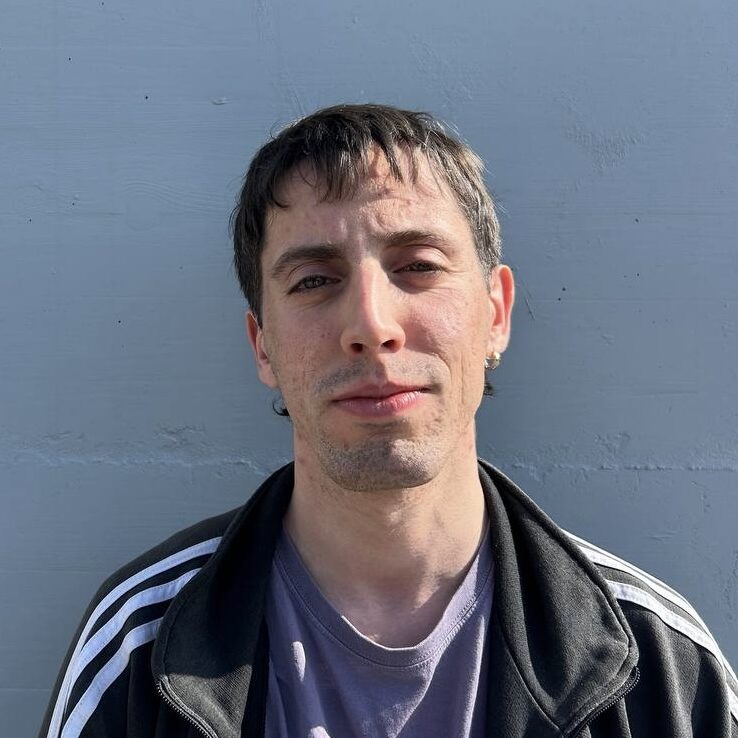
Gabriele Malagoli
is a chemical engineer. The aim of his PhD is to produce membranes for the BioMembrOS project using immersion precipitation 3D printing.
UK Aachen

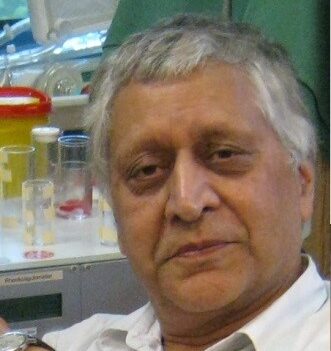
Khosrow Mottaghy
is senior professor for applied physiology at RWTH-Aachen University. He established the Extracorporeal Circulation Lab (ECC) to study and mimic in vitro the clinical application of extracorporeal and intracorporeal circuits for artificial organs and implants , e.g. lung or vessel stents. Currently under supervision of Dr.Ing.A. Kashefi., Prof. Mottaghy continues to serve as visiting professor internationally in research and teaching co-operations. The fields of specialization may be summarized in artificial internal organs and their extracorporeal support, fluid dynamic and haemorheology, biomaterials and haemcompatibility, gas- and mass transfer operations of assisting devices and surface modification of the applied biomaterials.
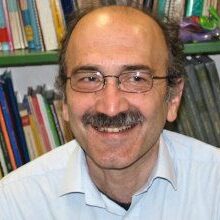
Ali Kashefi
Is an important Member of the Extra-corporeal Circulation (ECC) Laboratory. His Research Interests are hollow fiber Membrane Oxygenation (Artificial Lung), Extra-Corporeal circulation (ECC), Mass transfer through membranes, fluid dynamics through modules, capillary membrane Module constructions, Blood Circulation Experiments, Blood researches (e.g. haemocompatibility).
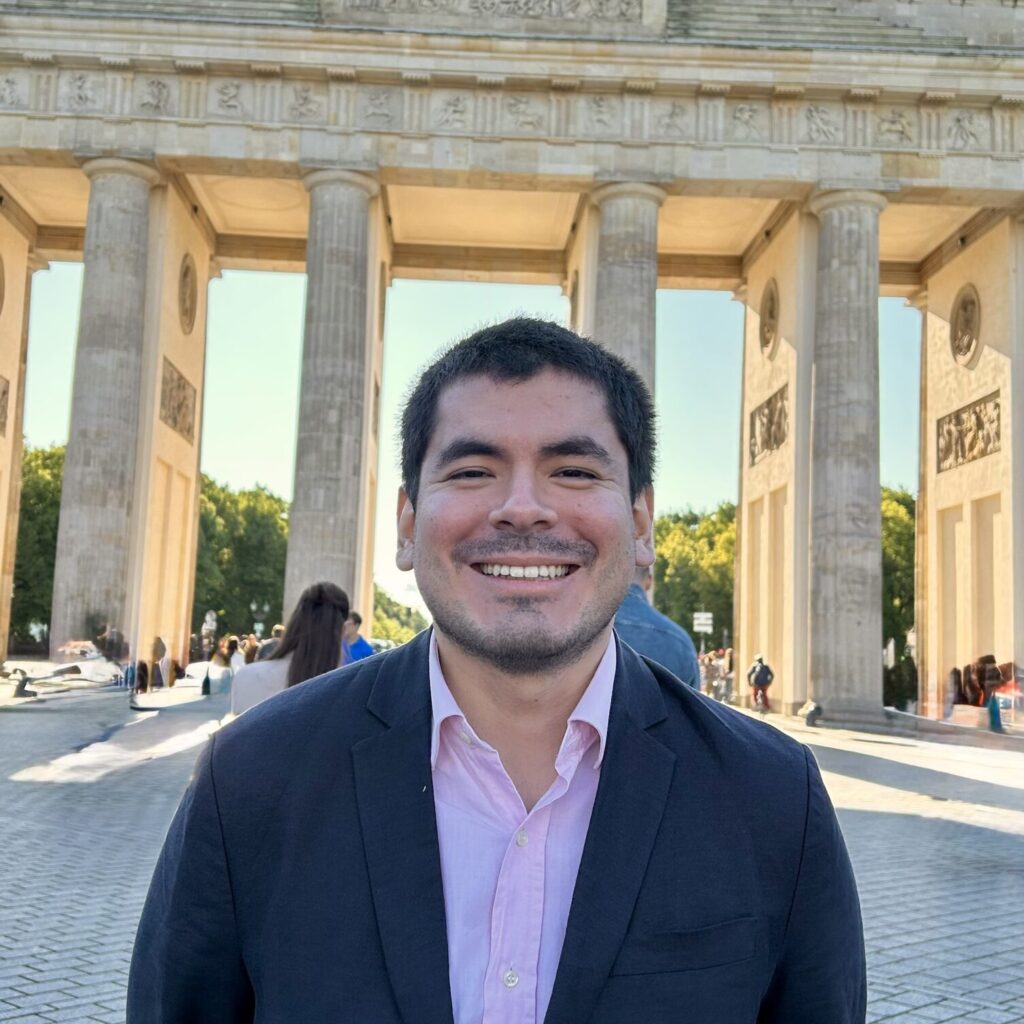
Mario Lira
is a Biomedical Engineer who graduated from the Pontifical Catholic University of Peru and Cayetano Heredia University. He has research experience in computational simulations, microfluidics, additive manufacturing, and organ-on-chip technologies, as well as industry experience as a product specialist in hospital equipment companies. Eng. Lira is deeply fascinated by artificial organs and driven by the mission of bringing them to market to save the lives of premature patients. Within the BiomembrOS project, he contributes to the evaluation of membrane permeability and biocompatibility, as well as the prototyping of modules that integrate these membranes.
University of Johannesburg
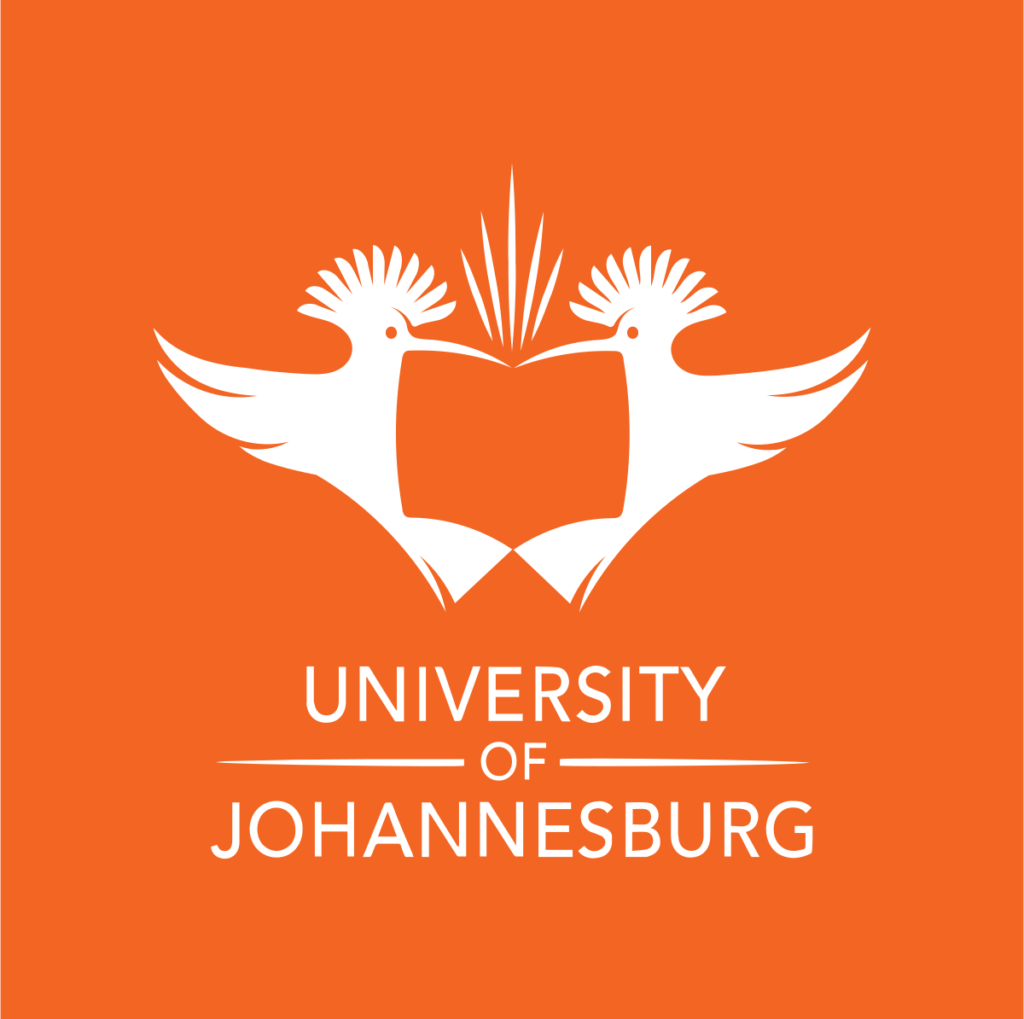
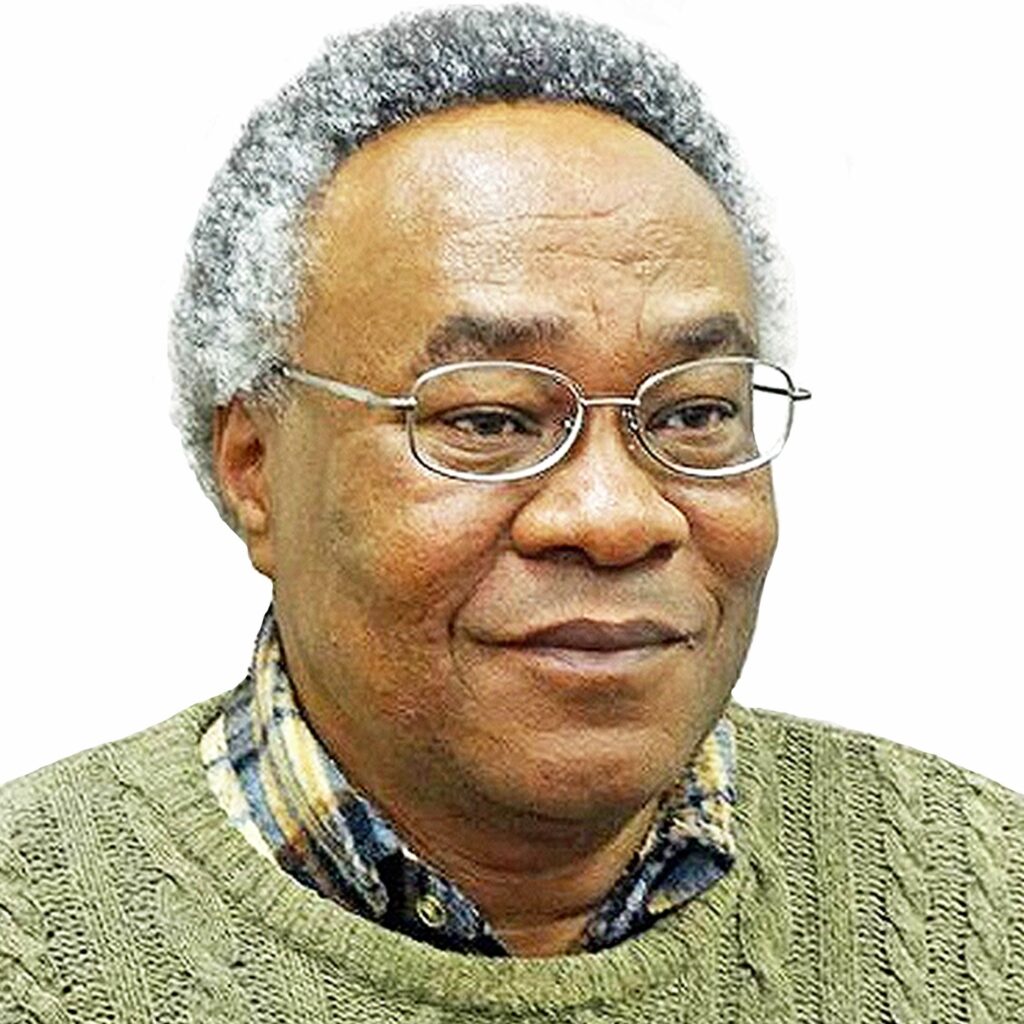
John Maina
Is a Veterinarian by profession. He was educated at the University of Nairobi and the University of Liverpool and has worked at the Universities of Nairobi (Kenya), Witwatersrand (South Africa) and Johannesburg (South Africa). His research activity is in the area of ‘comparative respiratory morphology’. He has written five books and published extensively in the research field. His contribution to the BioMembrOs Project will specifically be the following:
(a) provide background details on the structural- and functional properties of the fish gills and the avian respiratory system;
(b) Determine the 3-D arrangement of the collagen fibers that strengthen the basement membrane of the blood-gas barrier of the avian lung: the data should be instructive for the preparation of the membrane partitioning of the oxygenation device and; pursue possibility of determining the oxygen permeation coefficients of the membrane, when it is made by the collaborators.
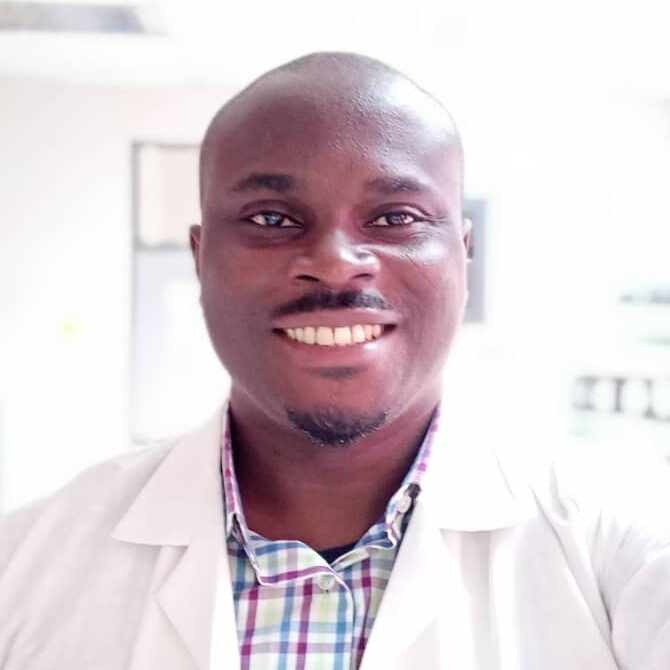
Chukwunonso Ezeasor
is a veterinary anatomic pathologist and a Postdoctoral researcher with the University of Johannesburg under the supervision of Professor John Maina. His research in the BioMembrOs project will provide background details on the structural and functional properties of avian lungs by immunofluorescent demonstration and 3D reconstruction of the collagen IV fibers in the basement membrane of the blood-gas barrier.
Medical University of Vienna
The Department of Anesthesiology, General Intensive Care, and Pain Therapy at the Medical University of Vienna / Vienna General Hospital represents a distinguished unit divided into three specialized clinical sections. Each section showcases its extensive range of clinical services through their respective online platforms.
In addition to providing superior residency training in anesthesiology and intensive care medicine, supported by top-tier medical services, a well-established simulation center, a structured curriculum, and a comprehensive continuing education program, including several in-house conferences, research stands as a cornerstone of our department.
Our research efforts are primarily focused on advancing the fields of anesthesiology, intensive care medicine, and pain therapy through scientific excellence. Recognized as one of the leading research institutions in the German-speaking region, we are deeply committed to a variety of innovative projects and studies. Our active research groups are open to all staff and students of the Medical University of Vienna, offering a venue for interdisciplinary exchange and collaboration.
By melding research with clinical practice, we are able to push the boundaries of medical science and continuously enhance patient care. We take pride in leading not only in clinical education but also in research, significantly contributing to the development of groundbreaking therapies.
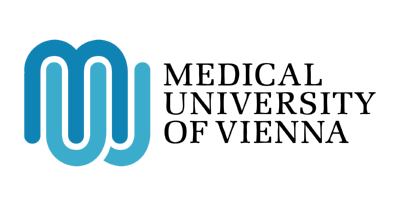
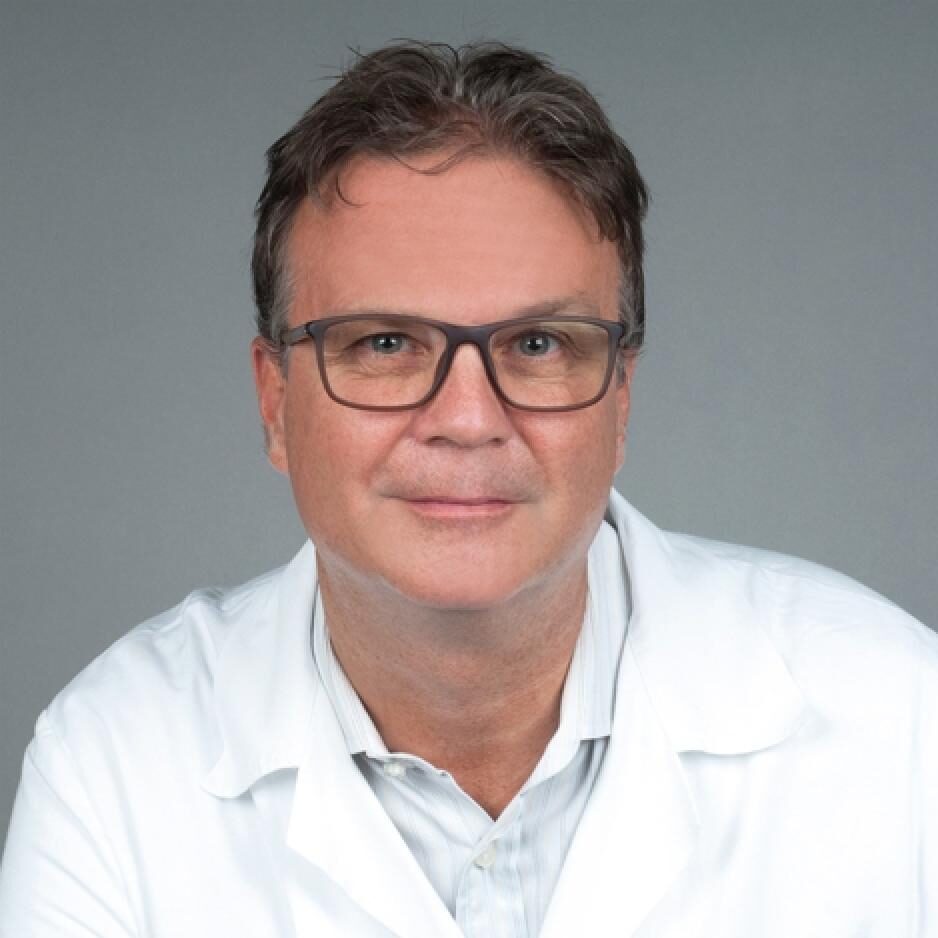
Claus Krenn
Claus G. KRENN was born in Vienna, Austria in 1963, graduated in medicine in 1988 and specialized in Anaesthesia and Intensive Care at the Medical University of Vienna.
He obtained his PhD title in 2001 for research in the field of “Dynamic liver function testing and intensive care measures after liver transplantation” and is currently Professor of Anaesthesia and Intensive Care Medicine and head of one of the ICU´s at the General Hospital Vienna/ Austria – Medical University Vienna/Austria.
In 2008 he obtained a MBA course at the Viennese University of Economics.
Research and teaching activities focus on sepsis, hemodynamic monitoring, respiratory failure (University of Uppsala/ Prof. G. Hedenstierna) as well as liver dysfunction and failure, including transplantation and extracorporeal organ support.
Since 2001 he is Board Member for Intensive Care of the Austrian Society of Anaesthesiology, Reanimation and Intensive Care Medicine (ÖGARI) and Past-President of the Austrian Federation of Intensive Care Societies (FASIM).
He has published about 100 original articles and book chapters.
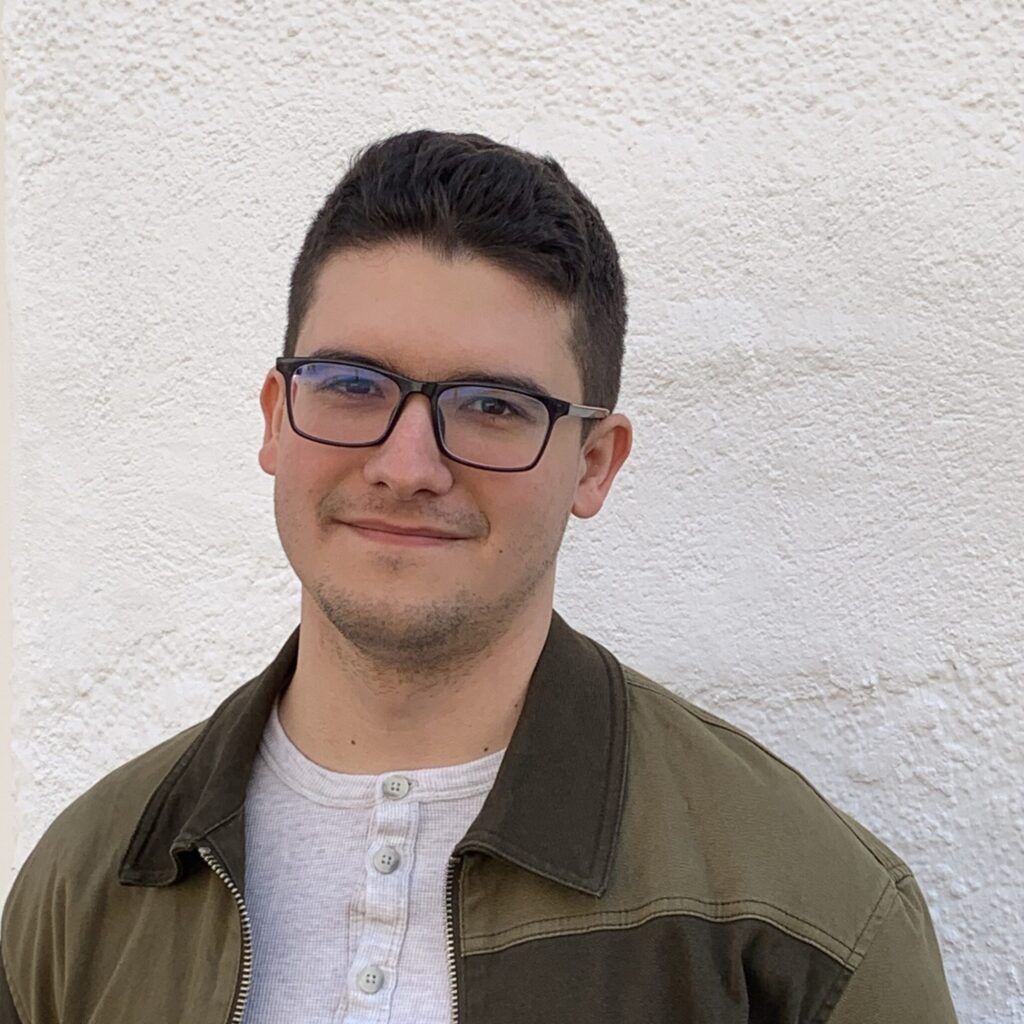
Luka Kovačević
is a student at the Medical University of Vienna. Under Prof. Krenn, he is working on his diploma thesis, researching the longevity of ECMO membranes. He will support the experimental procedures of the BioMembrOS project.
